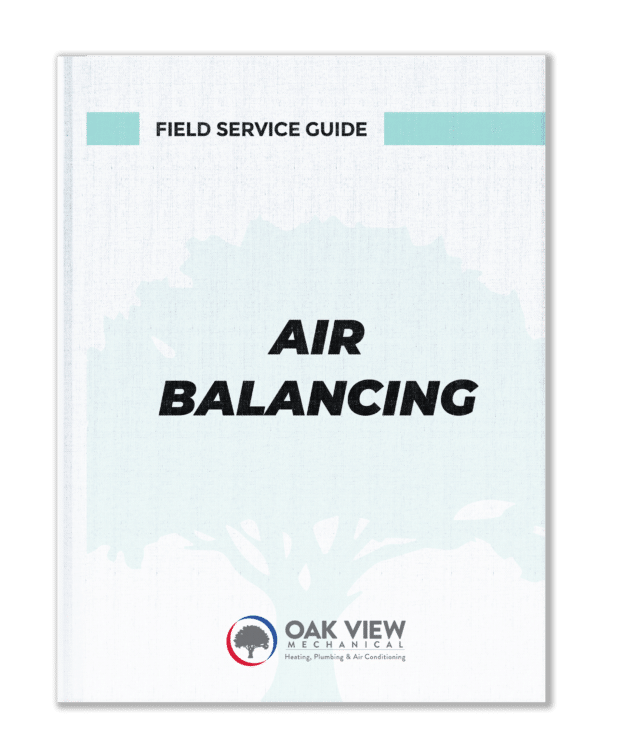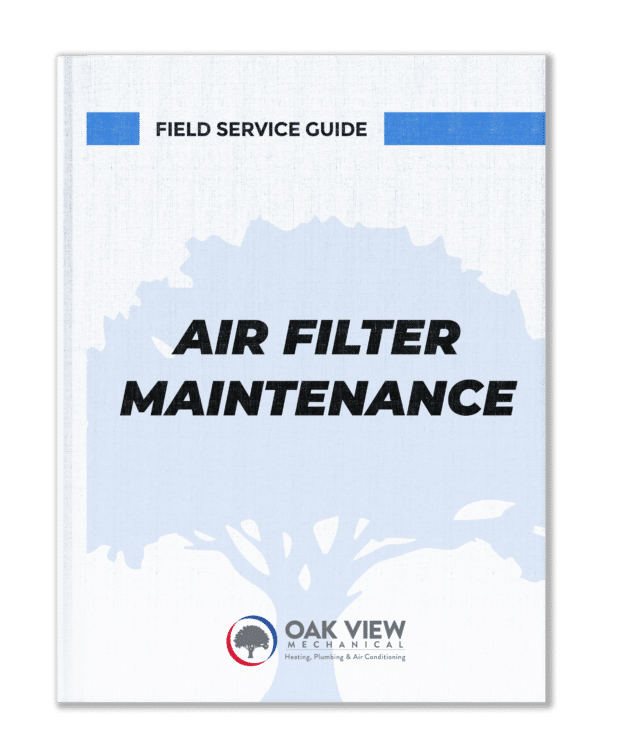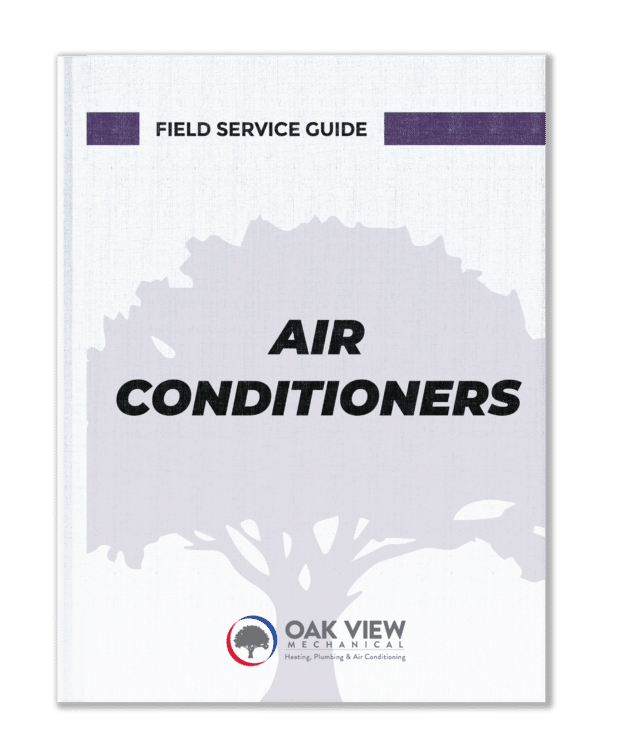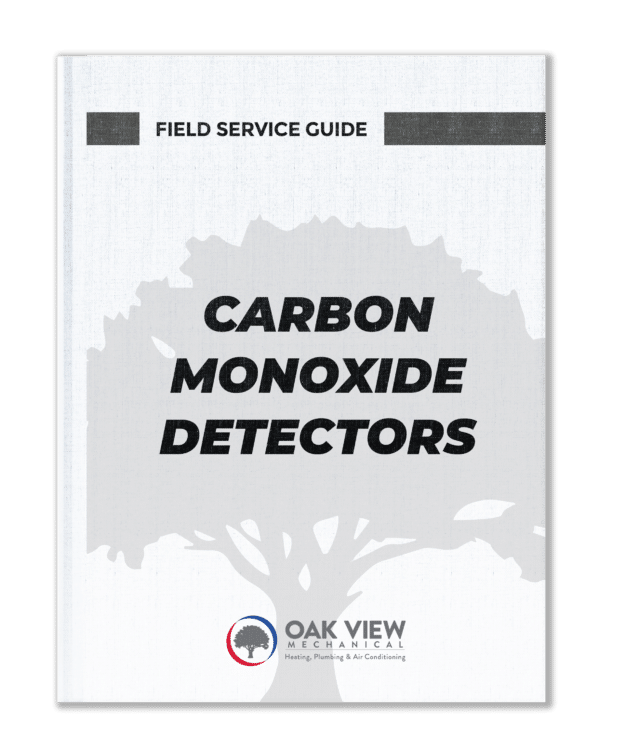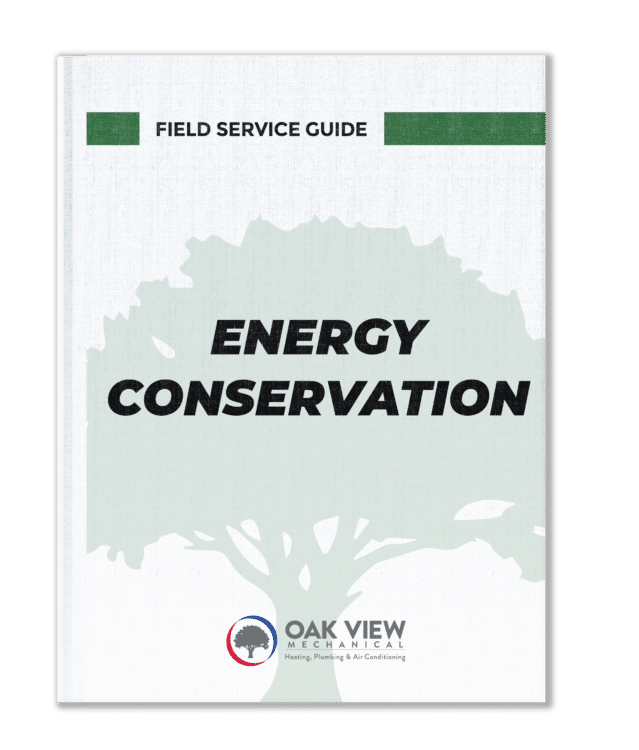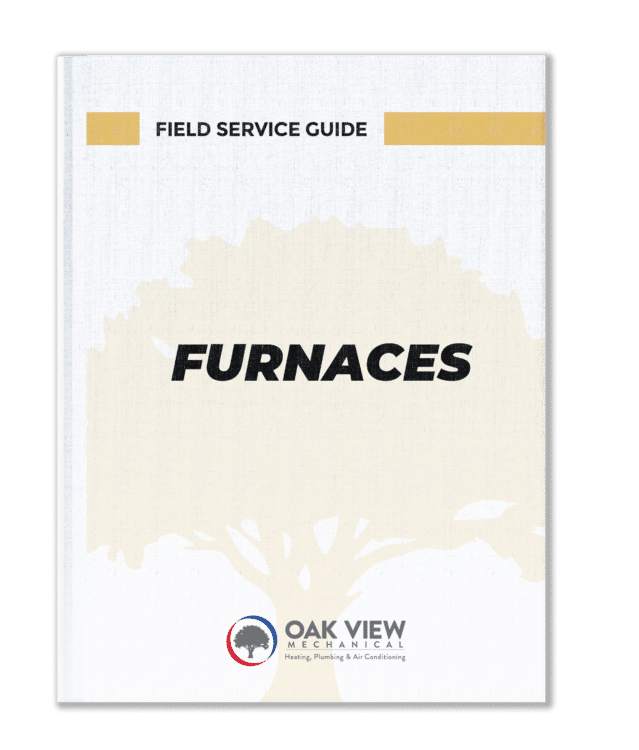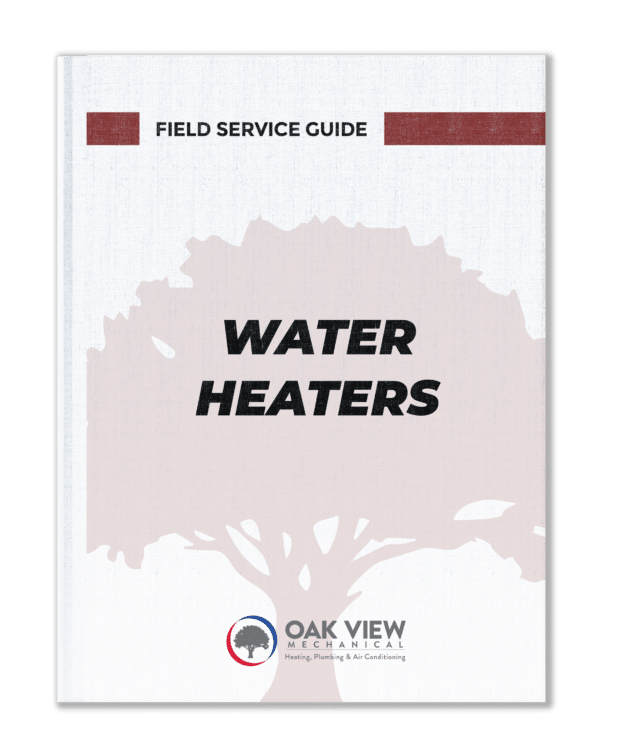Choosing a new water heater is important. Water heaters consume a lot of household energy. The right water heater type can make a big impact on energy efficiency in your home. When deciding which of the different types of hot water heaters will work best for your home, there are many things to consider.
Tank or Tankless
Most water heaters rely on a tank to maintain a ready supply of hot water, but some are tankless and only heat water as needed.
Fuel Type
Water heaters run on electricity, gas or a combination of the two. When looking at a new water heater, think about if you’ll want to stick with the same energy source. Changing may cost more upfront but might be a good investment in the long run.
Use
How you plan on using a water heater determines how much hot water it needs to supply, as well as whether you need a single unit, individual units at several points in the house or a combination of solutions.
Size and Profile
Measure your space and take note of any structural features that will affect where the water heater can be installed. Water heaters are available in compact and medium sizes along with the standard configuration.
Capacity
Standard residential tank water heaters can range in size and capacity. Tank water heaters range from 20- to 75-gallon capacities. Capacity is all about being sure your hot water heater can meet the needs of your home. Storage capacity is more of a concern with a tank water heater. In general, a 40- to 50-gallon tank is sufficient for an average household of 2 to 3 people, increasing by 10 gallons per additional person in the home. In a tankless water heater, the capacity is measured by flow rate, calculated in gallons per minute. Getting the correct size of tankless heater requires figuring out how much hot water you may need at any given time, coming up with a flow rate number and then matching that figure to the measure on a given system.
First Hour Rating (FHR)
How much hot water you get from your water heater in its first hour of operation. Your tank’s first-hour rating, or FHR, will be printed on the tank. The FHR should be very close to how much water your family uses at its peak time, with multiple hot water uses running at the same time. For example, in the morning, you may have the shower, dishwasher and washing machine on, all requiring hot water.
Warranty: Find out what type of warranty is offered for your hot water heater. You’ll want to take advantage of the longest warranty possible. The average lifespan of a residential water heater is 10 to 15 years.
Energy Efficiency
Water heating accounts for about 18 percent of home energy use. An older water heater is a good candidate for replacement, as a more energy-efficient model would likely be available, resulting in both energy and utility cost savings.
Tank Water Heaters
A traditional tank water heater stores a large amount of water, holding it hot until needed, then releasing it through the pipes. Replacement cold water then fills the tank as hot water is drained, to be heated and stored for future use. A storage water heater can be fueled by gas, electricity or a hybrid. Natural gas water heaters are more expensive than electric water heaters and professional installation is recommended which can add to the upfront costs.
Tank water heaters come in various sizes, including compact sizes to fit into small spaces. Household size and fixture load play a big role in determining the right water heater size.
Pros:
- Easier to maintain and repair.
- Less expensive than tankless water heaters.
- Easy to replace.
Cons:
- Uses more energy than other types of water heaters.
- In cold weather, energy consumption increases.
- Requires a large space inside the home.
- Runs a risk of flooding if the tank fails.
Tankless Water Heaters
Tankless gas water heaters and electric tankless water heaters are also called instantaneous or on-demand water heaters. Rather than use a storage tank, the water circulates through a coil system that heats the water as needed. Tankless water heaters are rated by the gallons per minute they provide.
Pros:
- Requires less space to install.
- Heats water on demand; hot supply is steady.
- Saves on energy bills.
Cons:
- Greater upfront cost.
- May require upgraded gas and/or electrical systems in older homes.
- Larger homes may require more than one unit.
Consider the amount of hot water your household is likely to use when selecting the gallons per minute (GPM) of a tankless water heater.
Average Flow Rates in Gallons per Minute (GPM):
- Bathtub: 2.0 – 4.0
- Shower: 1.5 – 3.0
- Bathroom Faucet: 0.5
- Kitchen Faucet: 1.0 – 1.5
- Dishwasher: 1.0 – 3.0
- Clothes Washer: 1.5 – 3.0
Smart Water Heaters
A smart water heater can be a tankless system or a thermostat that works in conjunction with your existing water heater. The system connects to Wi-Fi to give the water heater a lot of desirable features.
Pros:
- Monitors and adjusts temperature to save energy.
- Provides leak detection alerts to minimize water damage.
- Cycles water temperatures to kill bacteria inside the water heater.
Cons:
- Most units require professional installation.
- Smart technology adds to the overall cost of the heater.
- Need electric backup
- Slower recovery rate.
Hybrid Water Heaters
An additional type of water heater, the hybrid water heater, combines the best features of old styles and new technology. Like traditional water heaters, hybrid water heaters use a standard tank. Instead of using fuel to heat water, hybrid water heaters pull heat from the surrounding air into a converter that heats the water. It’s similar to a heat pump and it saves on energy costs.
Pros:
- Energy savings: installing a hybrid water heater can reduce your carbon footprint by as much as 75 percent.
- Many come with wi-fi technology to manage your household’s hot water use.
Cons:
- Installation costs are higher for hybrid water heaters.
- Hybrid water heaters are not designed for small homes and spaces.
Additional Features to Consider
Overheat protection: Keeps the water from overheating in the system by cutting off the power supply once the set temperature is reached.
Digital display: Makes it easier to monitor the temperature and make precise adjustments.
Pilot reset button: In a gas (tank or tankless) heater, a button that releases gas, allowing the pilot to be restarted.
Pilot light window: Most new gas water heaters have a window that lets you check the pilot light more easily than older models.
Temperature/pressure relief valve: An internal valve that opens and closes with fluctuations in temperature and pressure in the hot water system. The valve expels hot water and allows cool water to enter to bring down both temperature and pressure.
Water Heater Expansion Tank
A water heater expansion tank is a small tank installed on the cold-water supply line to a water heater. Its purpose is to help protect the water heating system and plumbing from damage caused by thermal expansion, which happens when water is heated. Many plumbing codes require water heater expansion tanks for water heating systems with a backflow prevention device, pressure-reducing valve, or check valve installed in the plumbing system. Whether required or not, an expansion tank is recommended as a safety measure.
Most water heater expansion tanks will last 5 to 10 years. If you notice water leaking from the expansion tank, rust or corrosion outside the expansion tank, banging or knocking sounds from your pipes when you turn on the hot water, reduced hot water pressure, or unexplained increased energy bills, these may indicate a failing expansion tank.
